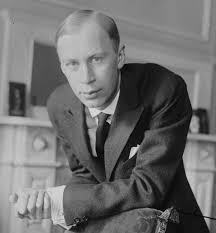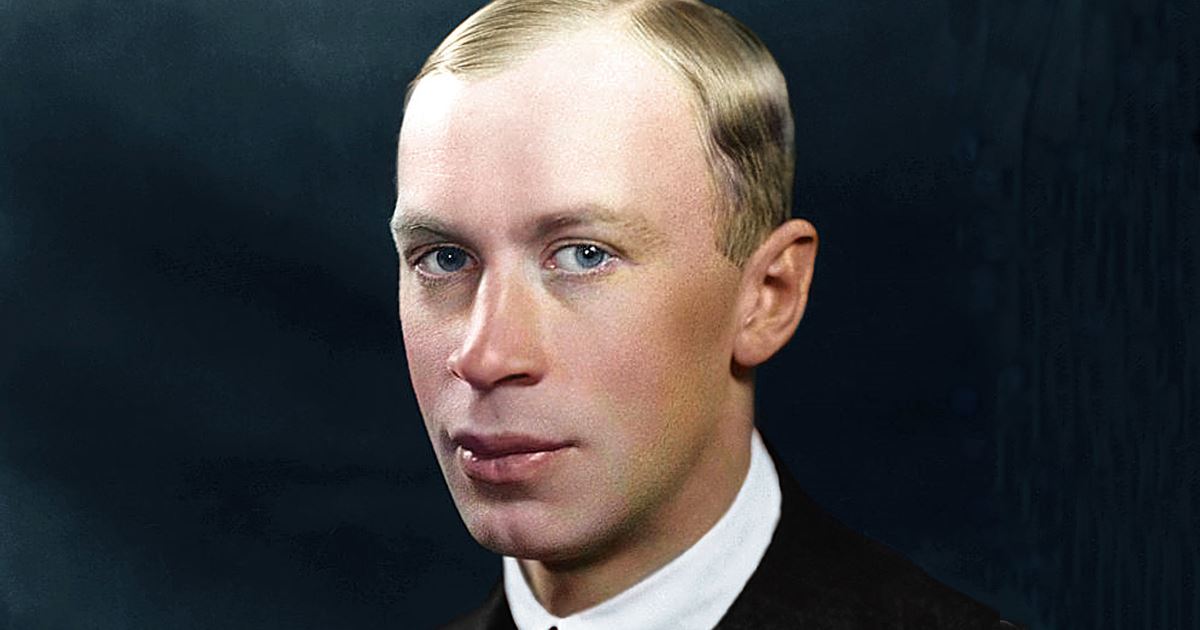Introduction
Sergei Sergeyevich Prokofiev (April 27, 1891 – March 5, 1953) was a groundbreaking Russian composer, pianist, and conductor of the 20th century. He crafted music across a broad spectrum—symphonies, concertos, ballets, operas, and film scores—becoming one of the most prolific and influential composers of his time. Known for his inventive harmonies, rhythmic vitality, and melodic flair, Prokofiev embraced a style that was both modern and accessible.

Childhood
Born in the rural village of Sontsovka, in the Donetsk region of the Russian Empire (present-day Ukraine), Prokofiev grew up in a family where his father managed a large estate and his mother, a talented pianist, nurtured his early musical development. A precocious child, he composed his first piece, Indian Gallop, at age five, which his mother dutifully notated; by age seven, he was already playing chess and composing his first opera, The Giant.
Youth
Under the early mentorship of Reinhold Glière—who came to Sontsovka twice at the urging of pianist Sergey Taneyev—Prokofiev received intensive training that prepared him for entry into the Saint Petersburg Conservatory. He enrolled at the Conservatory in 1904 and studied there until 1914, a period marked by rapid artistic maturation. As a young composer, he made waves with bold, dissonant piano concertos and the Scythian Suite, composed in 1915 for Diaghilev’s Ballets Russes.
Adulthood
After the 1917 Revolution, Prokofiev departed Russia, living in the United States, Germany, and Paris, navigating his career as a composer, performer, and conductor. In 1923, he married Spanish singer Carolina (Lina) Codina, with whom he had two sons; they remained together until their divorce in 1947.
During the 1930s, as opportunities for staging his works waned in the West, Prokofiev grew increasingly reliant on Soviet commissions and returned to the USSR with his family in 1936. He produced notable works such as the film score and suite Lieutenant Kijé, and later ballets like Romeo and Juliet, Cinderella, and The Prodigal Son.
Major Compositions
Prokofiev’s oeuvre is celebrated for both its breadth and diversity:
- Symphonies:
- Symphony No. 1 “Classical” (1916–17), a modern nod to Haydn and Mozart; premiered in Petrograd in 1918.
- Symphony No. 5 (1944), which he called a hymn to the human spirit, premiered in Moscow in 1945.
- Symphony No. 6 (1945–47), a deeply emotional tribute to the victims of World War II, premiered in Leningrad in 1947.
- Piano Works:
- Music for Children, Op. 65 (1935), a set of twelve character pieces beloved in pedagogical and recital settings.
- Other Notables:
- Peter and the Wolf, a charming symphonic tale for children; The Love for Three Oranges, an opera; the orchestral suite Lieutenant Kijé; and ballets such as Romeo and Juliet, Cinderella, and The Prodigal Son.
These compositions showcase Prokofiev’s unmatched melodic gifts, orchestral brilliance, and capacity to navigate between avant-garde daring and public appeal.
Death
Prokofiev died suddenly on March 5, 1953, in Moscow of a cerebral hemorrhage at the age of 61—tragically on the same day as Soviet leader Joseph Stalin’s death.
Conclusion
Sergei Prokofiev’s life and career were a testament to adaptability, creativity, and the human spirit. From his roots as a child prodigy in rural Ukraine to his cosmopolitan years abroad, and ultimately to his return to Soviet Russia, he forged an expansive musical legacy. His works—ranging from the whimsical (Peter and the Wolf) to the grand and profound (Symphony No. 5)—remain integral to the repertoire. Prokofiev’s adventurous spirit, emotional depth, and melodic prowess continue to resonate, ensuring his place among the titans of 20th-century music.

Comments are closed